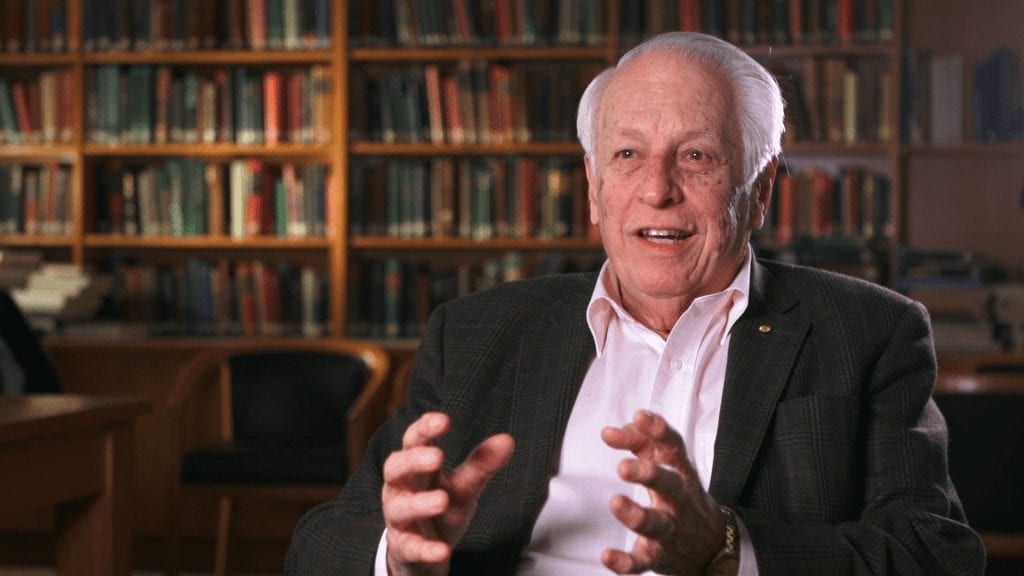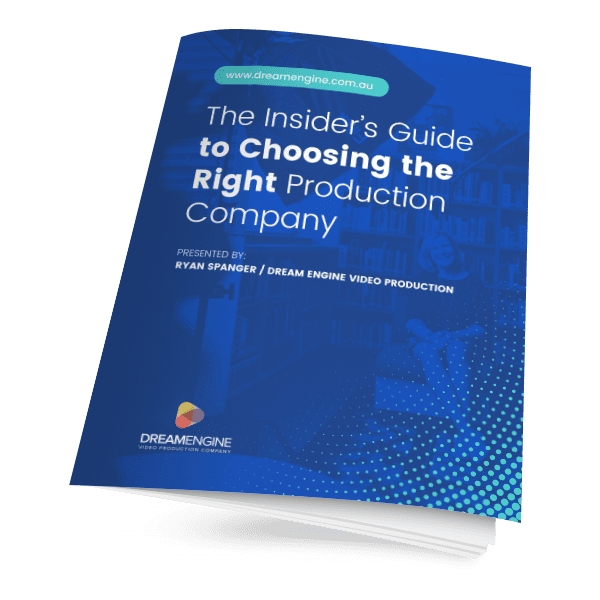For years, we have been refining and perfecting our technique for shooting great-looking video interviews. Here, we will break down the different elements that a camera operator needs to consider when shooting an interview that represents your subject and their story.
Use Your Environment to Tell the Story
The background of your interview is an essential element in telling your story. It subtly conveys something about the subject to the viewer. With this in mind, you want to find a background that suits your subject. In the image below, for example, you can begin to make some assumptions about the topic.
When we arrived for this shoot, we were offered a dull, white room to film the interview in, but with some persistence, we found this library, a much better way to represent the subject. Sometimes, it’s worth asking around on location to find a better space, as it can save you a lot of hassle later on.
It is also essential to take note of your environment in terms of sound. Can you hear the restaurant next door? Traffic from the highway seeping in? Make sure to select a quiet location where you aren’t likely to be interrupted. This will save you time on the day, as well as in the editing process.
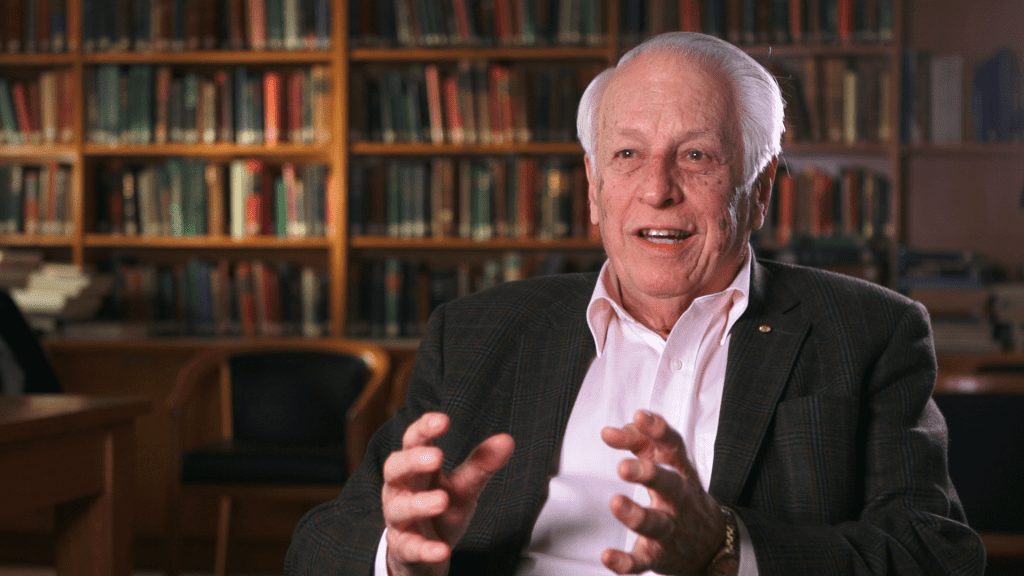
During one of our recent video interviews, filmed in Melbourne for the BBC, we chose to film the subject in her own home, allowing you to visually learn a great deal about her style and personality through the room where she was interviewed. Each interviewee will have their distinctive traits that you should be looking to bring out with your choice of location.
Lighting is Key
Many camera operators are overly fixated on their choice of camera. But there’s much more to creating great-looking interviews than the camera. Lighting is the single most crucial thing when it comes to shooting video interviews. After many years of shooting interviews with many different lighting setups, we’ve found that our most commonly used lights are KINO Divas. They emit a beautiful, diffused light that’s flattering on faces. Unlike many tungsten-based lights, they also run at a much lower temperature, so there’s no discomfort to your interviewees.
The other lights we use the most are the industry stalwart Dedolights, but these serve a different purpose. Because they offer so much control, we use them to highlight elements in the background, adding depth to the image. You can see this in the above photo; the table and chair in the background are highlighted just enough to make them out and provide depth.
We also use an attachment for the Dedolight called a Gobo (occasionally referred to as a “cookie”), and this creates interesting patterns to add texture to bland backdrops. You can see below an example of a Gobo in use on a shoot we did for the Melbourne Synchrotron. The room was already quite dull and sterile to begin with, but by using textured shadows, we managed to give it a futuristic appearance.
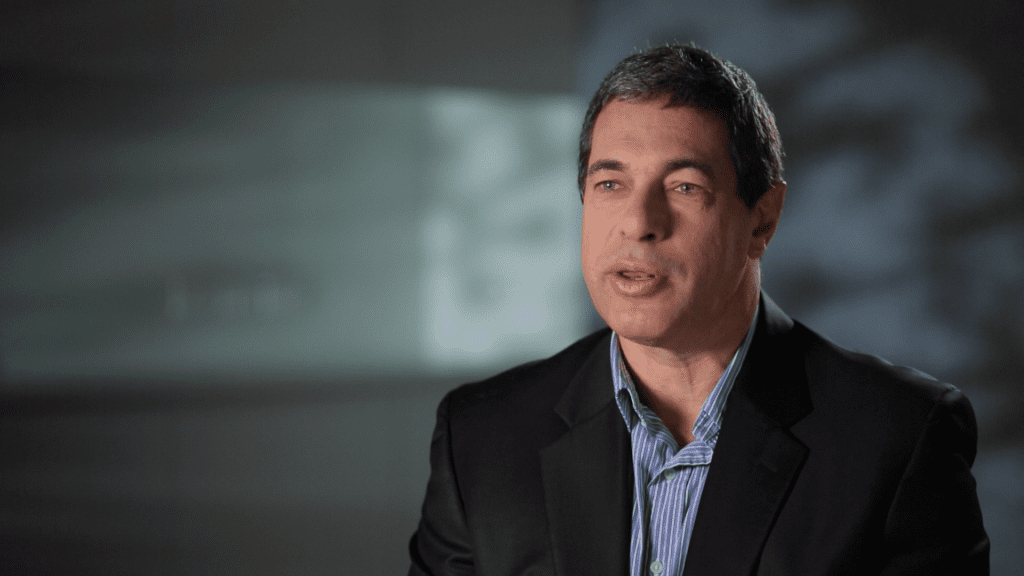
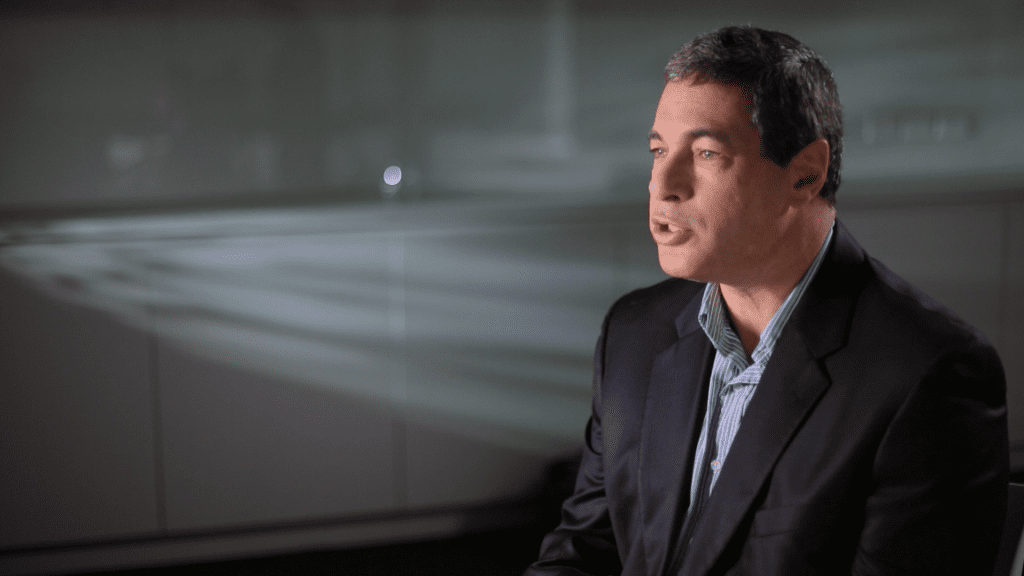
A Selection of Lenses
Just like the lighting, the lens you decide to use will affect the look and feel of your interview. The current trend in many interviews is to use an extremely shallow depth of field (the area in focus) to separate the subject from the background. To achieve this look, we use a prime lens with an aperture of 0.95. This gives us a razor-thin area that’s actually in focus, often just a few centimetres to work with, so checking focus regularly is essential.
Sometimes this isn’t the best way to go; if your background is going to add a lot to the story, then you want to be able to see more of it. If your interview subject is quite animated, they may drift in and out of focus if your depth of field is too shallow, which is something you should avoid.
As you can see in the example below, the background is entirely out of focus. Because we were shooting an interview with an IT professional in a gallery, the location didn’t serve to add any additional information to the interview, so with a shallow depth of field, we blurred it out into a splash of colour. It gives a clean, uncluttered look without being distracting.
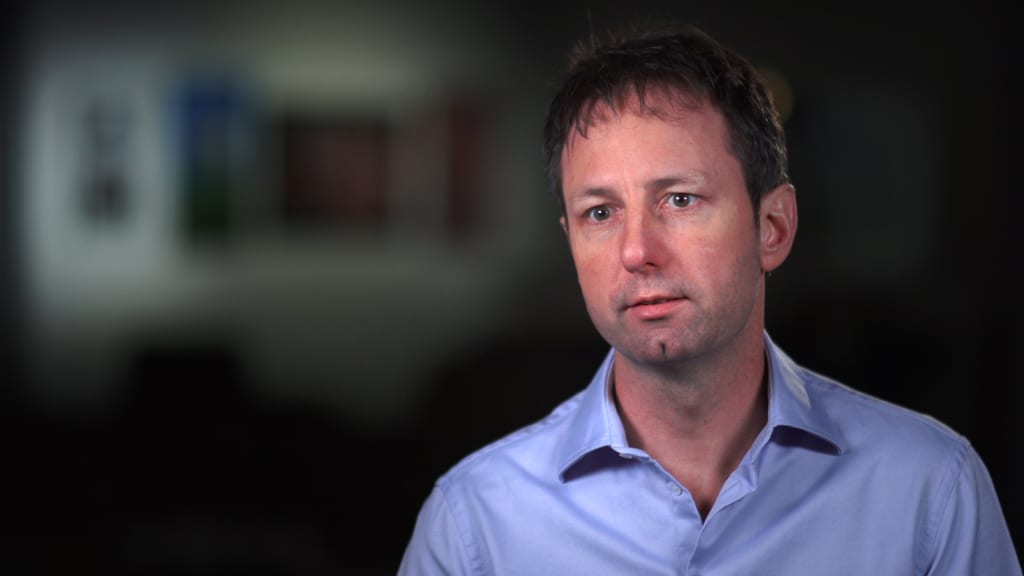
We used a similar approach when we shot a series of video interviews for the City of Port Phillip’s Smart Travel Campaign. We filmed interviews with their employees inside an empty theatre space in St Kilda. Since the location wasn’t an essential part of the interviews, our camera operator used a wide aperture to blur the backgrounds into abstract shapes and colours.
You should be looking to give yourself as much distance between the camera and the interviewee as possible. This will allow you more freedom with manipulating the depth of the field with different lenses. You should also keep your interviewee away from walls or corners, as this makes the image look flat and uninteresting.
Professionalism and Building Strong Rapport
We strive to maintain a respectful and professional demeanour by consistently arriving on time, dressing appropriately for the occasion, and being courteous and friendly at all times. It’s also helpful to build a rapport with the people around you so that if you need them for anything (finding power outlets, letting you film them at work for B-roll), they will be more accommodating. Building a strong rapport with the subject is also essential to ensure they are relaxed and natural for their performance on camera.
It’s also advisable to have a brief conversation with your interviewee, if you haven’t had the chance to do so, before the interview. This will help the process become less intimidating, as being interviewed on camera can be pretty daunting for some people. Finally, it’s also good manners to ensure that you have returned everything to its rightful place before you depart.

Creating your Interview Look
There is no formula for lighting, framing and shooting an interview. Several factors should be considered, including the location, purpose, and tone of the interview. All of these things have a significant impact on the final video.
Before shooting, we always consult with the director, producers, and editors to discuss what they want to achieve. This might mean spending more time setting up lights to achieve a look in-camera or shooting flat (shooting at lower contrast and less vibrant colour profiles) to allow more flexibility in post-production. It’s all about what suits the story you’re trying to tell. Let your interviewee guide your decision-making when it comes to selecting a look for your interview. A corporate shoot might need to look professional and slick with low contrast, but an interview with a musician or artist might give you license to add some bold colours or shadows to your lighting setup.
Do you need an experienced, Melbourne-based camera operator to shoot professional video interviews? Contact us today.
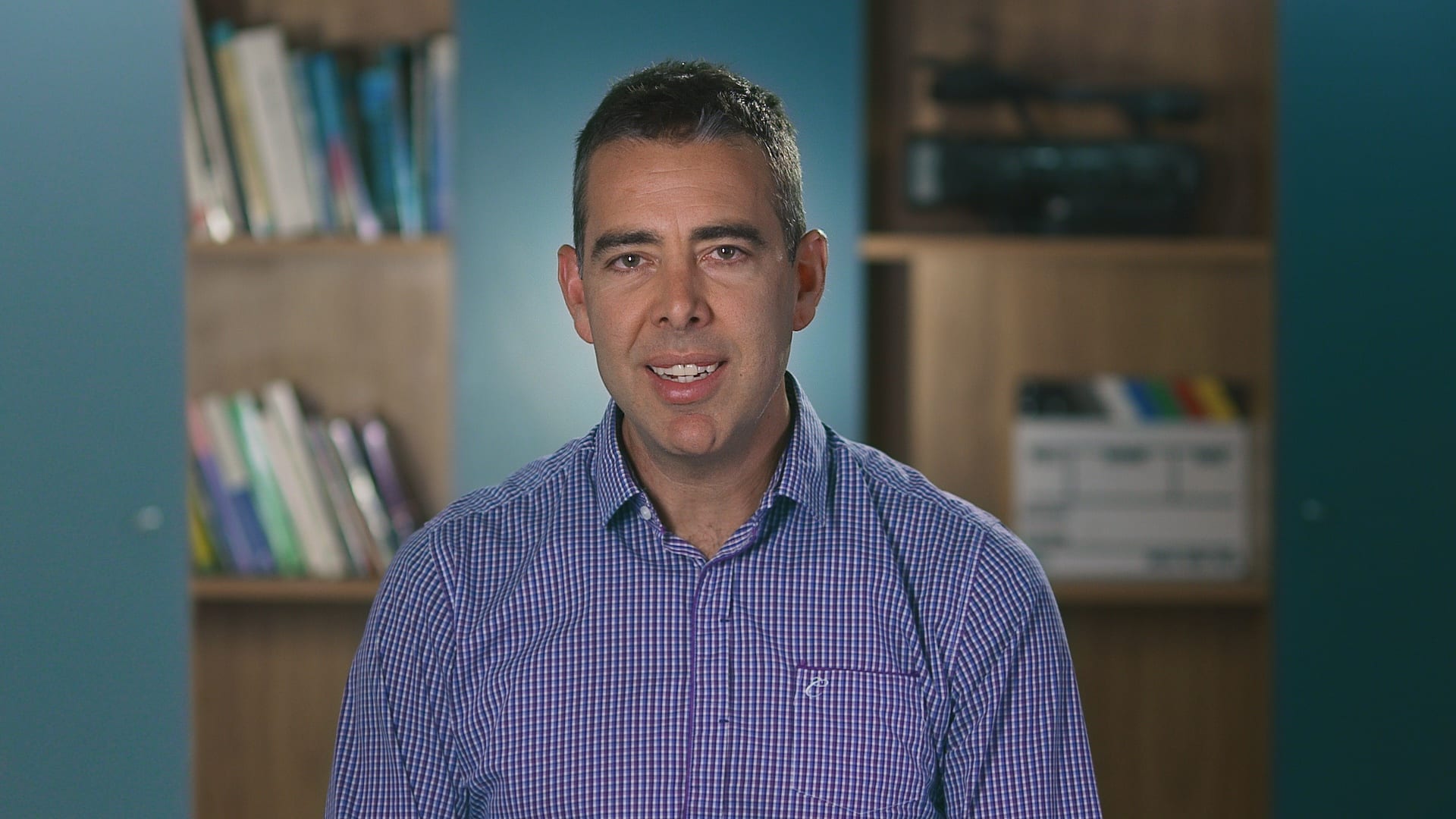
Ryan Spanger is the founder and managing director of Dream Engine, a Melbourne-based video production company established in 2002. With more than two decades of experience, Ryan has helped leading Australian businesses, government departments, and non-profits communicate their message with clarity and impact through video. He’s known for his strategic approach, reliable process, and commitment to producing videos that deliver measurable results.
